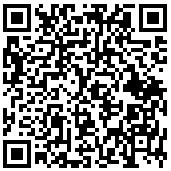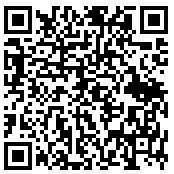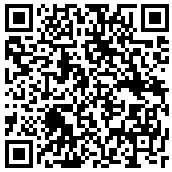Through hours of research and usage Ian Copsey has unearthed a fundamental error in the structural development of price behavior as defined by the Elliott Wave Principle. From his early findings that trending waves ended prematurely and the vagueness of the wave relationships he began to realize that trending waves do not develop in the manner which R.N. Elliott described in his findings.
In Harmonic Elliott Wave he reveals the methodology, the common ratios that link different parts of the wave structure and provides a wealth of practical examples to explain his findings. Through this methodology he shows how waves develop and dispels the misconceptions that have been common practice by Elliotticians over the years. He supports his methods by consistently ensuring that waves are related by common ratios to help the reader apply the techniques with greater understanding and accuracy.
Q&A with Ian Copsey, Author of Harmonic Elliot Wave
Author Ian Copsey Why have you made these changes to R.N. Elliott's impulsive wave structure?
It became very clear to me several years ago that the impulsive structure Elliott outlined, together with the commonly quoted ratios for forecasting wave endings just didn’t work. I look at professional Elliotticians and amateurs alike and the number of different wave counts for one price chart is astounding. However, they are always retrospective and I haven't really found anyone consistently forecasting accurate stalling areas for each wave.
What are the changes you have made?
Very simply R.N. Elliott considered that impulsive waves are constructed of 5 waves, and on frequent occasions “extend” which means the waves seem to develop in the same “size” as others in the same wave degree. Furthermore, if you look at Elliott's structure each directional wave is made up of 5 waves. The Harmonic structure also displays this same characteristic. However, where Elliott calls these Waves (1), 1 etc I label them Wave (a) and Wave (c) which are both 5-wave moves. However, by observing which waves were related and ignored the structure it was clear that the relationships, are between the 3-wave structures. If you really think of it, the changes really reflect the Dow Theory so it's not an amazing change. One major difference is that in the Harmonic structure impulsive are constant. There are no such things as extended waves or failed fifths which, in my opinion are merely repercussions of the incorrect structure.
How can you be sure that the changes you have made are correct?
Very easily actually! They have enabled me to increase my accuracy by a huge margin, on many occasions to the very point.
What is it that generates the accuracy?
The requirement that wave ratios are present and targets are confirmed across all wave degrees. Without the use of ratios there is clearly no way to forecast wave completions. I think it's important to understand here that Elliott developed his theory in the 1920s. At that time he obviously had to calculate all wave relationships long hand. I had the luxury of a spreadsheet which vastly reduces the time to check relationships and enables a more thorough analysis.
What other benefits are there from the Harmonic wave structure?
Apart from consistency, the requirement for consistent wave relationships at each stage of development reduces the subjectivity of Elliott Wave. It also puts a halt to the common wave labeling without any real understanding of whether waves are related. Analysts and traders simply use key highs and lows to decide where they place wave labels. It just doesn’t work that way. In traditional Elliott Wave almost no attention is made to how deep a correction can be, or what are the common projections. The Harmonic structure has a wonderful consistency and most of the time can identify alternation between Wave (ii) and Wave (iv).
How do other Elliotticians react?
There are two common reactions. The first, and most prevalent, is extreme interest because the Elliottician has found the same frustration as I. The other reaction is complete denial.
Do you get everything right then?
No, it's not the Holy Grail. However, it does give me a much stronger understanding of when I'm right and when I’m wrong, often the precise point at which I'm wrong. While subjectivity is reduced by requiring matching targets across the wave degrees there are always ambiguities and difficulties in identifying some waves in whippy markets.






































































































